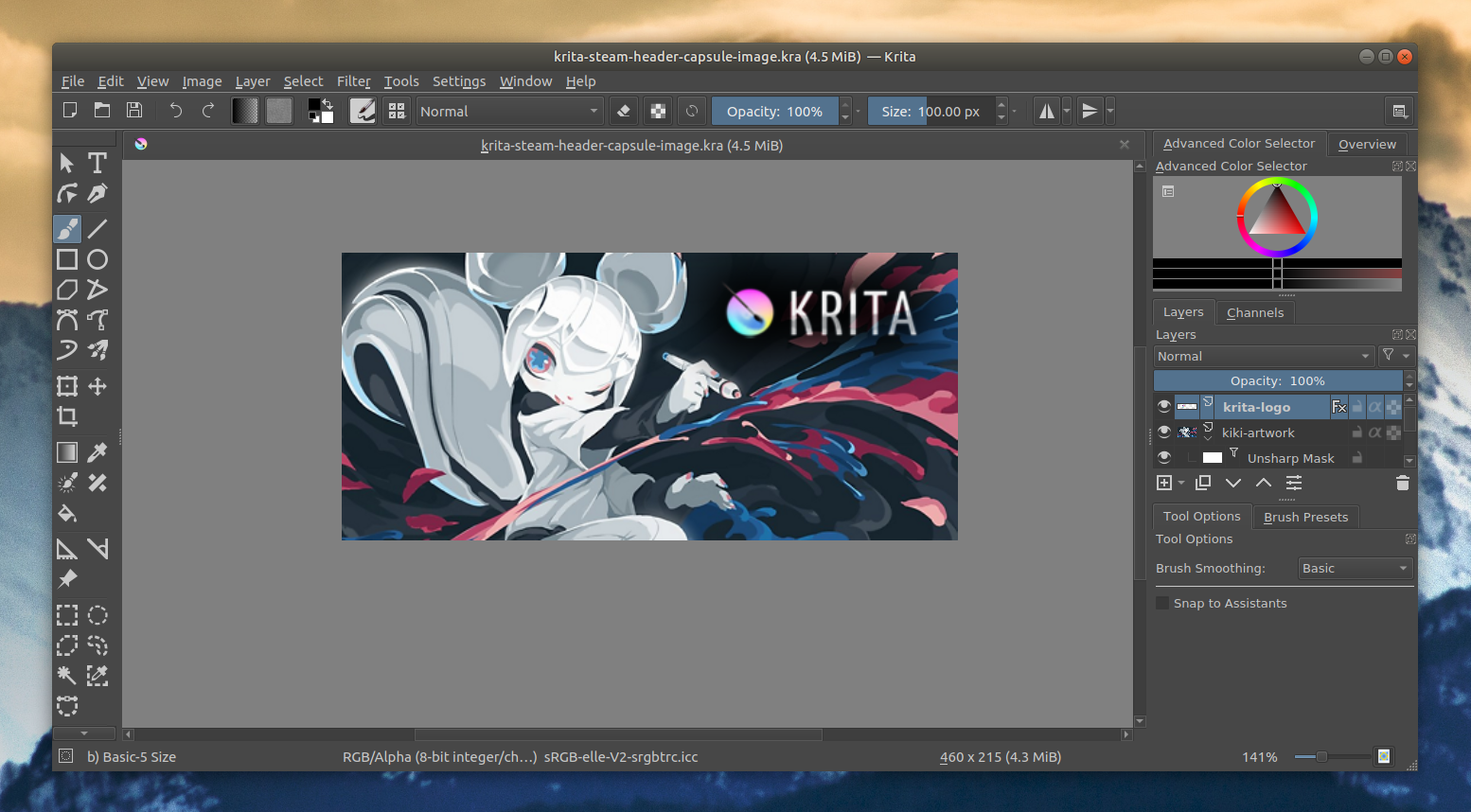
Pros: straightforward user interface, designed specifically for digital painting and drawing, wide range of features and tools, customisable workspaceĬons: not as many features as some of the paid for programs, limited support compared to Adobe This means that you can apply the same set of edits and operations to multiple images. There is also a heal selection plugin, which automatically fills sections you want to remove.Īnother great feature of GIMP is that it has a batch processing functionality. For example, G’MIC is a plugin that comes with over 200 filters, so you can edit and colour correct artwork and photographs with incredible flexibility. There are also a wide range of plugins and extensions available to add even more functionality. The document files are also compatible with PSD, so if you create artworks in GIMP and later decide to invest in a Photoshop subscription, you will be able to edit these files in Photoshop. Update: Krita version 4.0 comes with a brand new set of default brushes! This is great on the whole, but makes the videos a bit confusing! So I added some extra videos to help.It’s compatible with OSX, Linux, Windows and GNU. Want more free goodies? Check out my youtube channel: Open Source Tutor

(Or you can continue using Krita of course!) Once you have gained confidence digital painting you can easily and painlessly switch over to commercial software if you want.

If you want to get started in digital illustration without splurging on license fees then this is a great place to start. Krita is a highly acclaimed digital painting software, and it is completely free and open source. This section is targeted at the complete beginner and covers taking the first steps in digital illustration. This section is absolutely free, but it consists of only the first section of the course. Welcome to Section 1 of my course Essentials of Digital Illustrations with Krita.


 0 kommentar(er)
0 kommentar(er)
